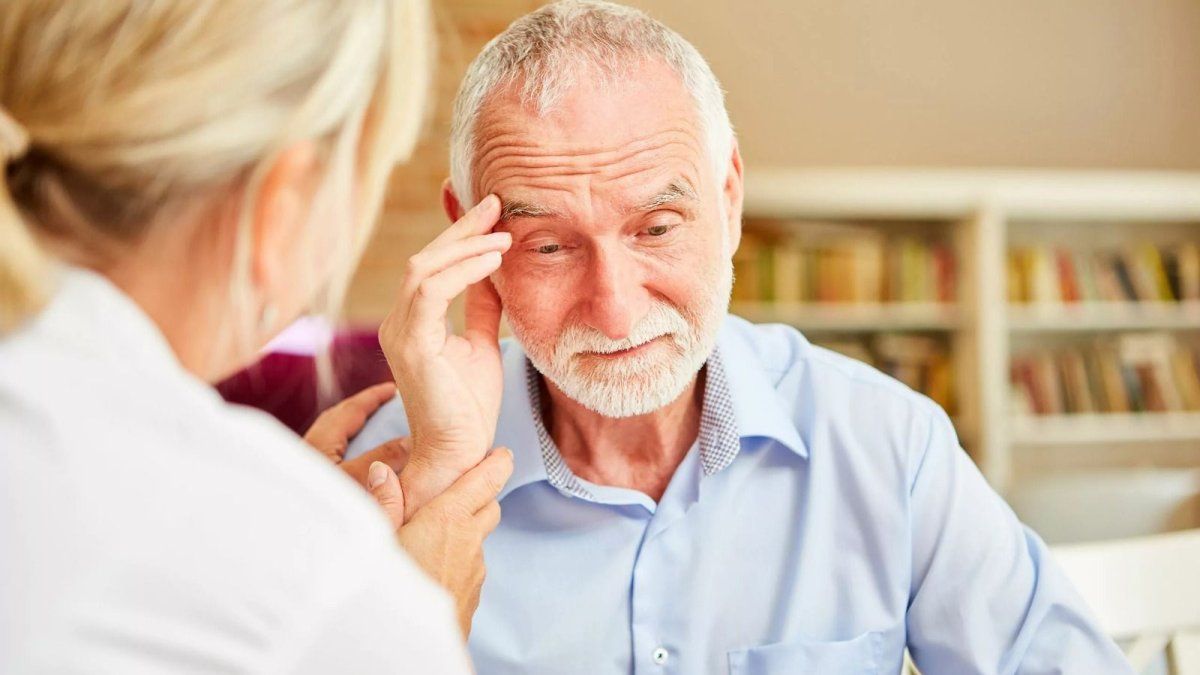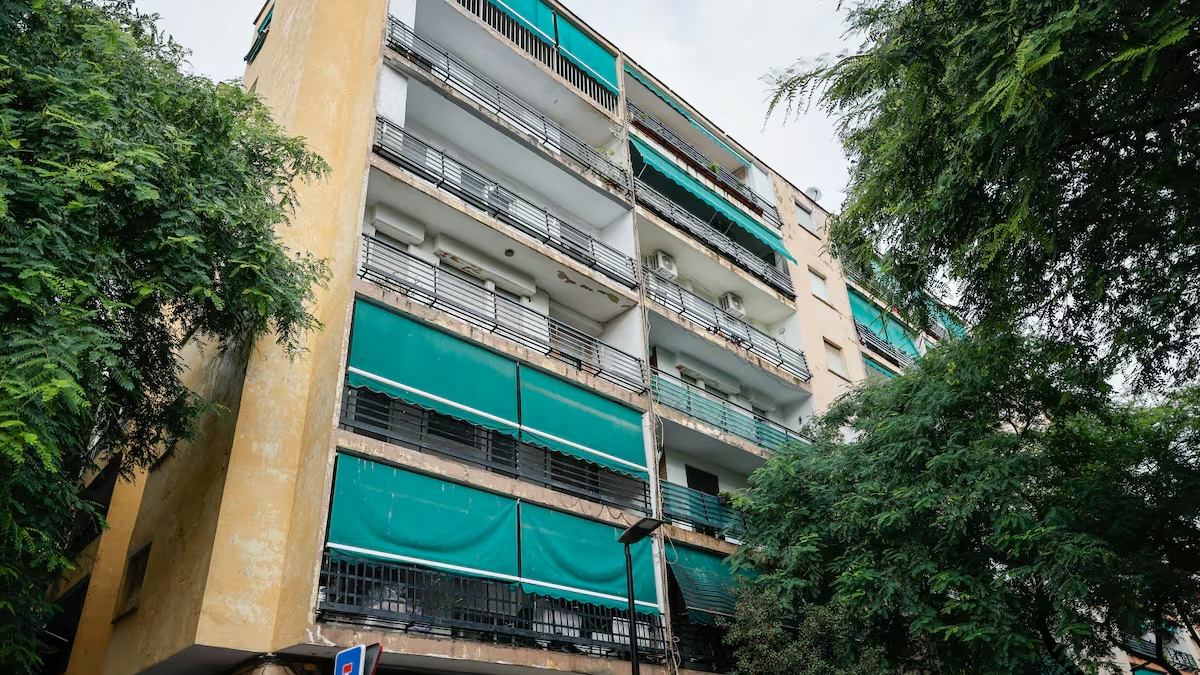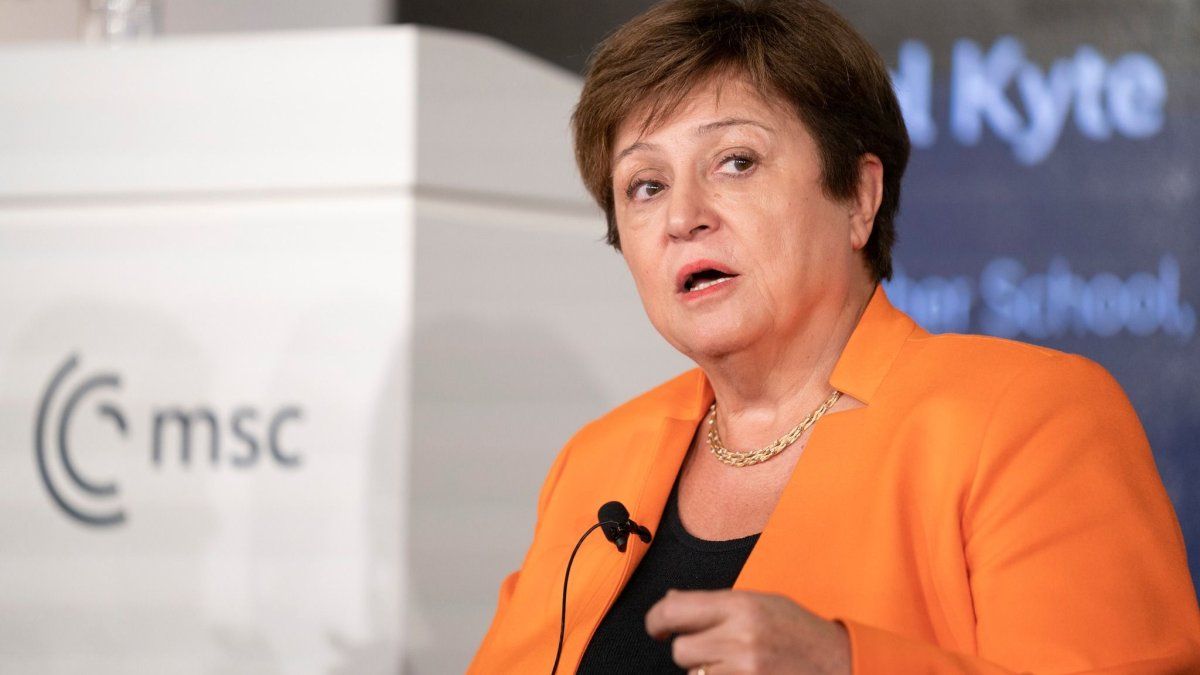The brain is very different from a muscle, but its functions also depend on it being active and are improved by exercise. So much so that in the case of Alzheimer’s disease (which affects some 300,000 people in Argentina and 44 million worldwide), exercising and undertaking different activities can slow down the symptoms or even prevent them from appearing, even when the disease process has been triggered in the nervous system.
The main cause of cognitive decline in relatively young people is not Alzheimer’s but vascular damage, that is: the progressive obstruction – or rupture – of the small arteries that supply blood to the brain, previously known as arteriosclerosis. But From age 65 onwards, the prevalence of Alzheimer’s doubles in each decade of lifesurpassing vascular dementia: “One in eight people over 65 years of age has Alzheimer’s; at 75, two in eight; and at 85, four in eight,” said Dr. Fernando CaceresArgentine neurologist, specialist in neuro rehabilitation and director of the Institute of Restorative Neurosciences (INERE).
Unlike vascular dementias, whose causes are known and preventable, It is known that in Alzheimer’s brain damage is related to the proliferation of two proteins –the so-called tau and amyloid–, but it is not known what triggers this process nor how to avoid it.
“New therapies based on monoclonal antibodies are currently being tested, which aim primarily to reduce the concentration of the tau protein, but these will be preventative treatments and it is doubtful that they will work in advanced cases,” the specialist said.
However, today There is sufficient evidence that certain lifestyle habits are very effective both in preventing cognitive decline related to Alzheimer’s, vascular problems and other age-related neurological conditions, and in delaying the progression of the disease when there is already some damage.
This is what new approaches to cognitive health and neurorehabilitation are based on: “The criteria for preserving cognitive reserve in the face of Alzheimer’s are the same as for other forms of age-related cognitive decline, and for adults of all ages,” explained Dr. Maria Laura Saladinneurologist and director of the Outpatient Neuro Rehabilitation Institute (INERE Martinez).
The biological keys of our brain
A 15-year follow-up study in the US of nearly 700 women over 75 years of age in 2002 revealed that the most active, enterprising, studious, and inclined to socialize and develop expressive skills were the least likely to suffer cognitive decline. This famous Minnesota “Nun Study” showed that Many of those who had not suffered cognitive impairment in life had Typical physiological markers of Alzheimer’s disease.
Why? As we know today, explains Dr. Cáceres, “There are cognitive activities capable of stimulating the creation of new connection circuits between neurons and even producing neurogenesis. –generation of new neurons– at any age”.
“This, added to the sustained habit of physical activity that favors cerebral angiogenesis, is the basis for preserving our cognitive reserve with age and for neuro rehabilitation. when there is already neurological deterioration,” said Dr. Saladino.
To stimulate that adaptive neuroplasticity natural, both in the face of Alzheimer’s and after a stroke, explains Cáceres, “It is about use healthy brain areas to stimulate new functions that replace damaged ones”.
At the INERE Martínez outpatient center, rehabilitation is approached in an interdisciplinary manner, focusing on the patient’s adaptation to their family and social environment: “This is an individual and also group strategy, through a personalized program of activities that can range from writing on paper to the use of technology, to promote socialization, which in turn favors rehabilitation, which is coordinated by a neuropsychology specialist,” explains Dr. Saladino.
Travelling, getting to know other cultures, making new friends, learning to play an instrument, dance or engage in another relatively complex hobby can be the key to quality of life in adulthood: “The brain is a social organ that requires stimulation and interaction with others; it has to face different challenges because this is how new neural circuits are created,” says Cáceres.
“That cognitive reserve capable of preserving us from damage in adulthood is not stimulated by routine activities to which we are accustomed, but with new activities that represent challenges for us,” said Saladino.
Always active
“Dozens of studies show that sustained aerobic physical activity as a habit over time stimulates angiogenesis and also produces changes in brain circuits and neurogenesis, and even in people with Alzheimer’s, the progression of cognitive damage is slowed down with physical activity,” says Cáceres.
The specialist highlighted, in summary: “Aging is not synonymous with cognitive declineand today there is no such thing as senile dementia. Older people who think they are no longer of an age to study should be told that everything we know today about how to preserve cognitive reserve and prevent Alzheimer’s and other disorders shows that it is precisely an age at which taking up studying something new can bring them great benefits.”
Alzheimer’s disease as a “ghost”
Alzheimer’s is a neurodegenerative disease that causes progressive deterioration of cognitive functions, generally beginning with memory, orientation and learning ability, unlike other neurological disorders such as Parkinson’s, which primarily affects motor skills, or vascular damage, which compromises very different functions depending on the area of the brain that suffers the injury.
According to the report The New Age of Alzheimer’s According to a report published this year by the World Economic Forum in Davos, the disease is now the seventh cause of death worldwide, is increasing in prevalence due to the rise in life expectancy of populations and represents a global cost of 3 billion dollars in health care expenses.
Although Alzheimer’s disease appears to be the great ghost associated with the image of old age in younger people, and it is very difficult to predict it – barely less than 1% of cases can be considered inherited, and it is difficult to know if a family history of age-related dementia was really Alzheimer’s or another cause – today there is no doubt that adequate physical activity and cognitive development sustained throughout life, regardless of age, are clear prevention factors, and the best possible guarantee to enjoy a healthy old age.
Source: Ambito
I am an author and journalist who has worked in the entertainment industry for over a decade. I currently work as a news editor at a major news website, and my focus is on covering the latest trends in entertainment. I also write occasional pieces for other outlets, and have authored two books about the entertainment industry.




